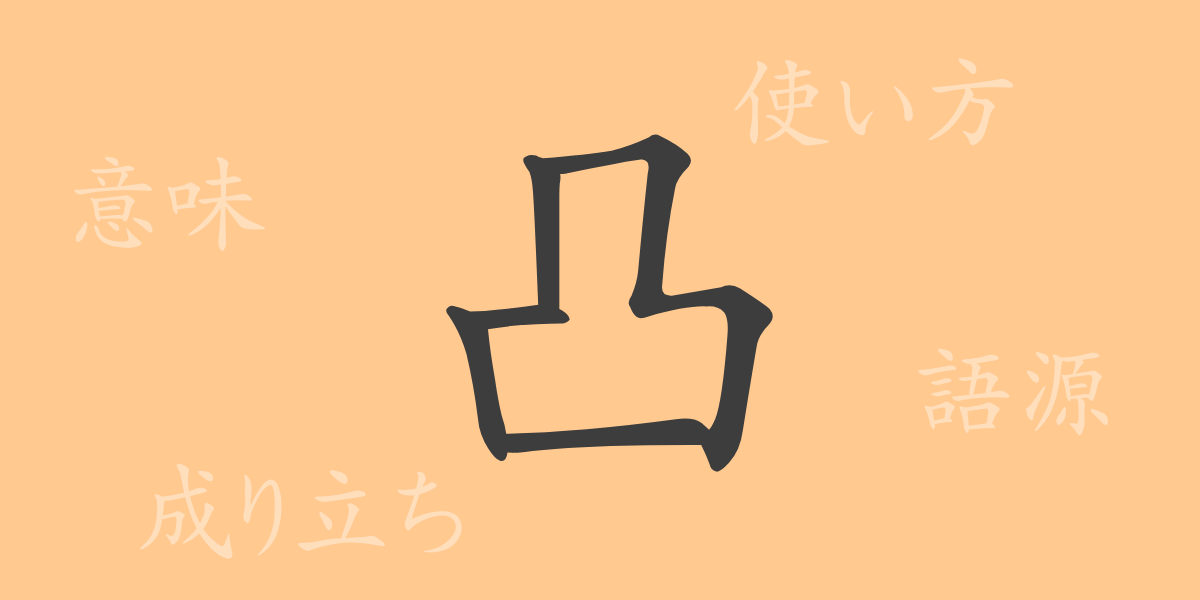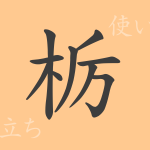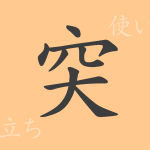Kanji, with its profound history and cultural depth, offers a rich tapestry of meanings within its simple forms. ‘凸 (トツ)’ may not be commonly used in everyday life, but its unique shape and significance intrigue many. This article focuses on the Kanji ‘凸’, exploring its origins, meanings, usages, readings, and its presence in idioms and phrases, shedding light on the allure of this character.
Origins of ‘凸 (トツ)’
The Kanji ‘凸’ evolved from ancient pictographs. Originally depicting protruding rocks or earth, its form developed to represent anything that sticks out, taking on the shape and meaning of protrusion over time. This character has been adopted across various cultures and languages within the Kanji-using communities, enduring up to the present day.
Meaning and Usage of ‘凸 (トツ)’
The Kanji ‘凸’ specifically describes an object that protrudes from a surface, representing the ‘convex’ in unevenness. It is also used metaphorically to highlight something that stands out or is prominent. In technical contexts, ‘凸’ describes the shape of convex lenses or mirrors in optical equipment.
Readings, Stroke Count, and Radical of ‘凸 (トツ)’
The character ‘凸’ is straightforward in structure, mirroring its direct implications.
- Readings: On’yomi ‘トツ’; there is no Kun’yomi.
- Stroke Count: 5 strokes in total.
- Radical: The radical is ‘凵 (うけばこ)’, relating to containers or receptacles.
Phrases, Idioms, and Proverbs Involving ‘凸 (トツ)’
While not prevalent, phrases and idioms involving ‘凸’ do exist. For example, ‘凸凹 (でこぼこ)’ describes a surface that is uneven with alternating raised (convex) and recessed (concave) areas, often used metaphorically to describe uneven relationships. ‘凸版 (とっぱん)’ refers to a type of printing where the printing plate is convex, or to the plate itself.
Conclusion on ‘凸 (トツ)’
Though seemingly modest, the Kanji ‘凸’ conveys physical protrusion and metaphorical prominence effectively. Established in specialized terms like convex lenses and relief printing, ‘凸’ holds a firm place as a commonly used Kanji in Japan. Even simple characters like ‘凸’ are imbued with deep history and culture, reflecting the richness of the Japanese language.

























